Strength Training for Beginners: Essential Equipment and Tips
Strength training is a crucial component of a well-rounded fitness routine, offering numerous benefits such as increased muscle mass, improved bone density, enhanced metabolism, and better overall health. If you’re new to strength training, it can be overwhelming to figure out where to start. This beginner’s guide will help you understand the essential equipment and tips to get you started on the right foot.
Essential Equipment for Beginners
- Dumbbells: Dumbbells are versatile and ideal for beginners. They come in various weights, allowing you to gradually increase resistance as you get stronger. Start with a set that includes light to moderate weights, and focus on mastering basic movements such as bicep curls, tricep extensions, and shoulder presses.
- Resistance Bands: Resistance bands are lightweight, portable, and affordable. They offer variable resistance and are great for adding variety to your workouts. Bands come in different tension levels, making them suitable for all fitness levels. Use them for exercises like banded squats, chest presses, and rows.
- Kettlebells: Kettlebells are another excellent piece of equipment for strength training. Their unique shape allows for a wide range of dynamic movements that engage multiple muscle groups. Beginners can start with basic exercises such as kettlebell swings, goblet squats, and kettlebell deadlifts.
- Barbells and Weight Plates: Barbells and weight plates are essential for compound lifts like squats, deadlifts, and bench presses. While these exercises are more advanced, learning proper form with a lighter barbell can be beneficial. As you progress, you can add weight plates to increase resistance.
- Bench: A sturdy workout bench is a versatile piece of equipment that can be used for a variety of exercises, including bench presses, step-ups, and seated dumbbell presses. An adjustable bench is ideal as it allows for both flat and incline positions, providing more exercise options.
- Pull-Up Bar: A pull-up bar is excellent for upper body strength training. Pull-ups and chin-ups are effective exercises for building back, shoulder, and arm muscles. If pull-ups are too challenging initially, use resistance bands for assistance or start with negative pull-ups.
- Foam Roller: While not directly related to strength training, a foam roller is essential for recovery. It helps relieve muscle soreness, improve flexibility, and prevent injury by loosening tight muscles and fascia.
Tips for Beginner Strength Trainers
- Start with Bodyweight Exercises: Before diving into weighted exercises, begin with bodyweight movements to build a solid foundation. Exercises like push-ups, squats, lunges, and planks help you develop proper form and strength without the risk of injury from heavy weights.
- Focus on Form: Proper form is crucial to prevent injuries and maximise the effectiveness of your workouts. Take the time to learn the correct technique for each exercise. Consider working with a certified personal trainer or watching instructional videos from reputable sources.
- Progress Gradually: Avoid the temptation to lift heavy weights right away. Gradually increase the resistance as you become more comfortable and stronger. This approach helps prevent injuries and ensures steady progress.
- Create a Balanced Routine: A well-rounded strength training routine targets all major muscle groups. Include exercises for your chest, back, shoulders, arms, legs, and core. This balance helps prevent muscle imbalances and promotes overall strength.
- Allow for Rest and Recovery: Muscles need time to recover and grow stronger. Incorporate rest days into your routine and avoid working the same muscle groups on consecutive days. Active recovery, such as light stretching or yoga, can also be beneficial.
- Stay Consistent: Consistency is key to seeing results. Aim to strength train at least two to three times per week. As you progress, you can increase the frequency and intensity of your workouts.
- Listen to Your Body: Pay attention to how your body responds to training. If you experience pain (beyond typical muscle soreness), it’s essential to rest and address any issues before continuing. Pushing through pain can lead to serious injuries.
- Set Realistic Goals: Establish clear, achievable goals to stay motivated. Whether it’s lifting a certain weight, performing a specific number of repetitions, or simply sticking to your routine, setting goals helps track progress and maintain focus.
Overall, starting a strength training journey can be both exciting and intimidating. With the right equipment and a focus on proper technique, you can build a strong foundation and achieve your fitness goals. Remember to start slow, stay consistent, and enjoy the process of becoming stronger and healthier. Happy lifting!

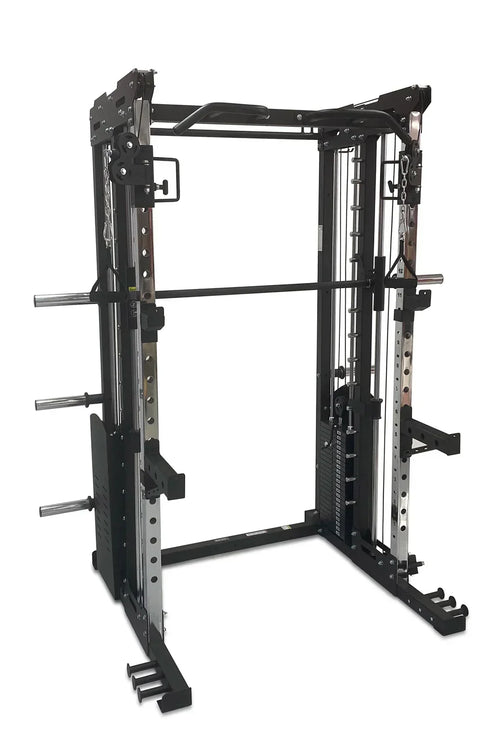
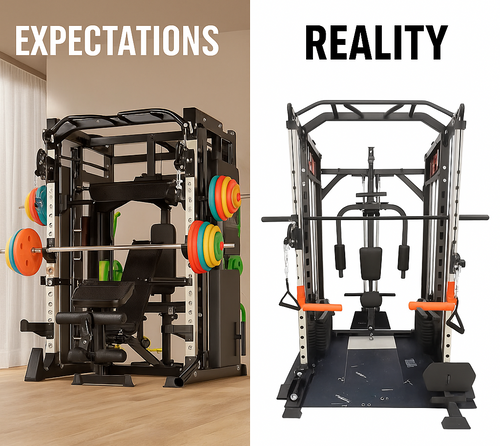
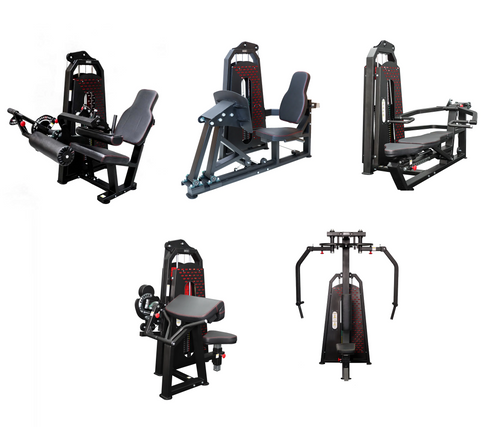
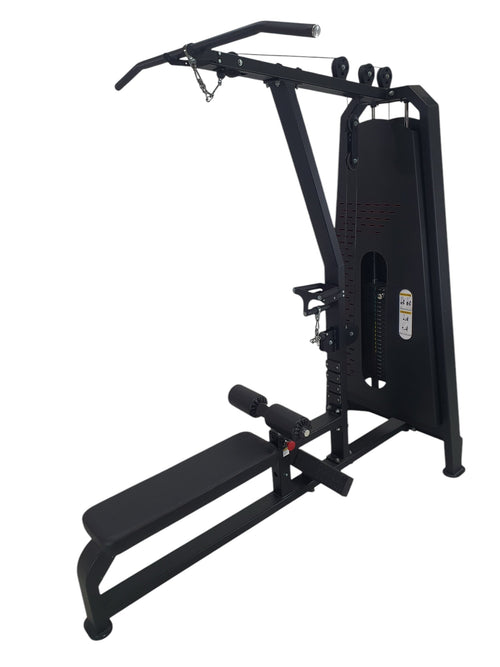
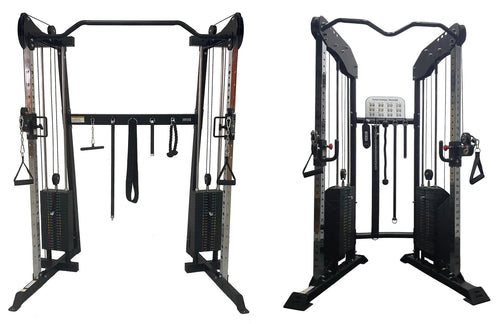

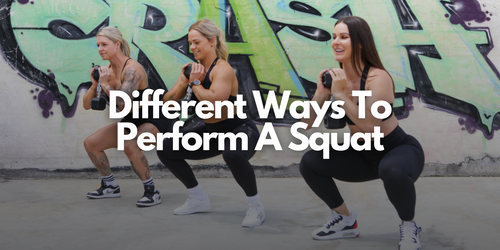


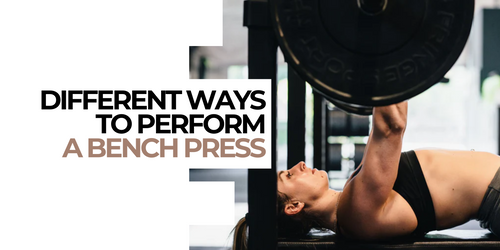
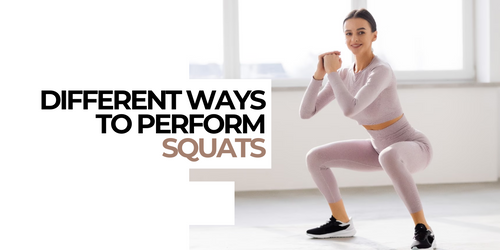

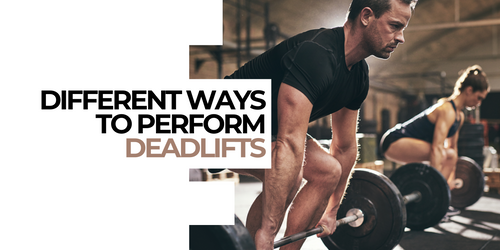

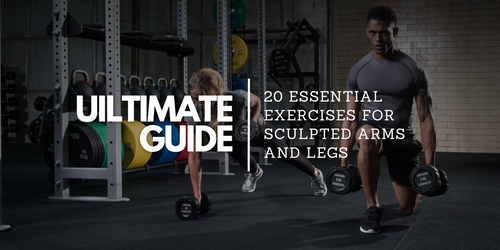




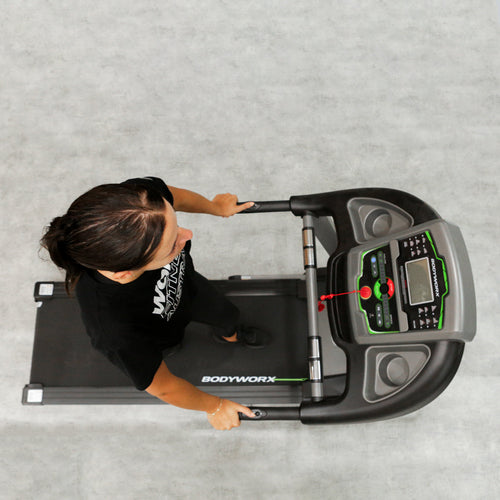
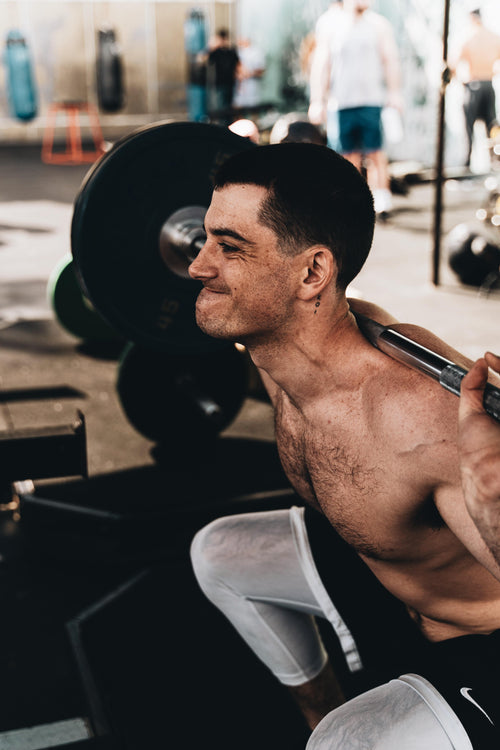


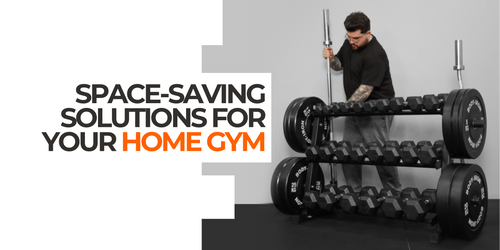
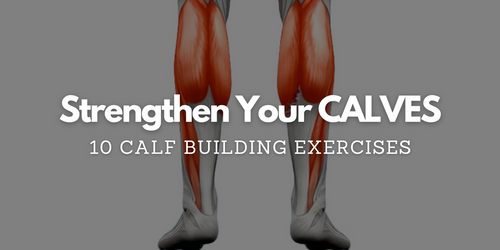
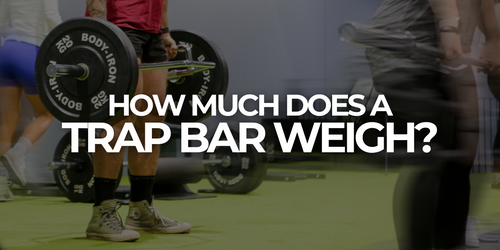
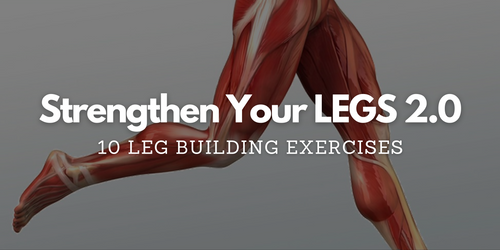
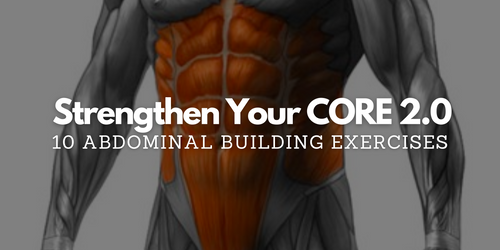

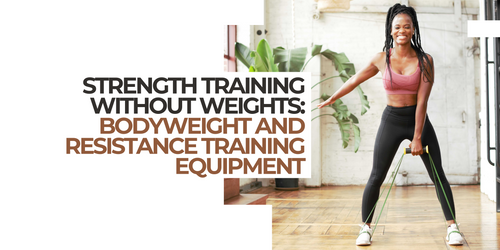

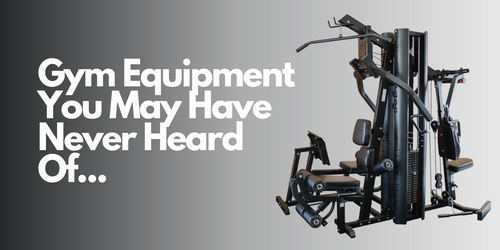
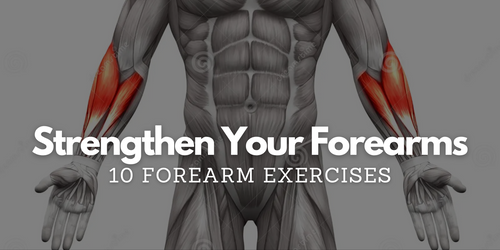
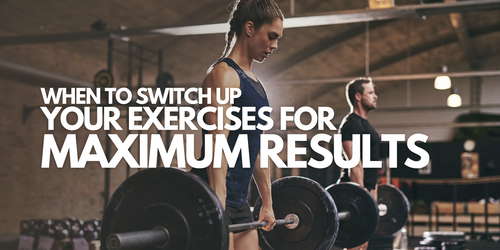
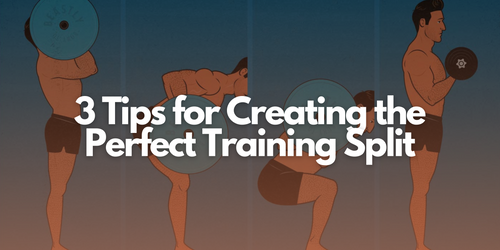


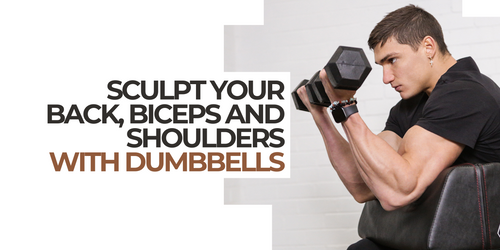
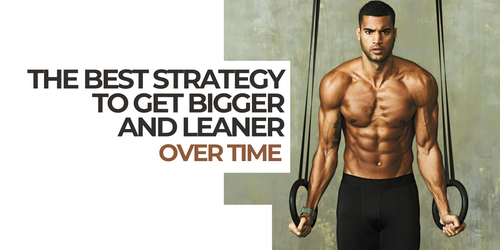
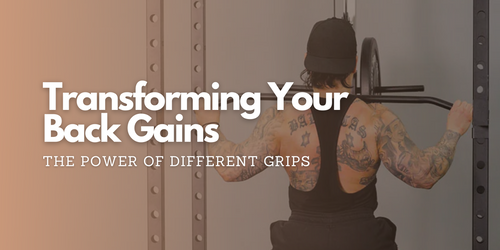
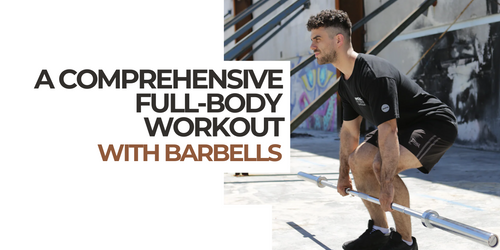
Leave a comment